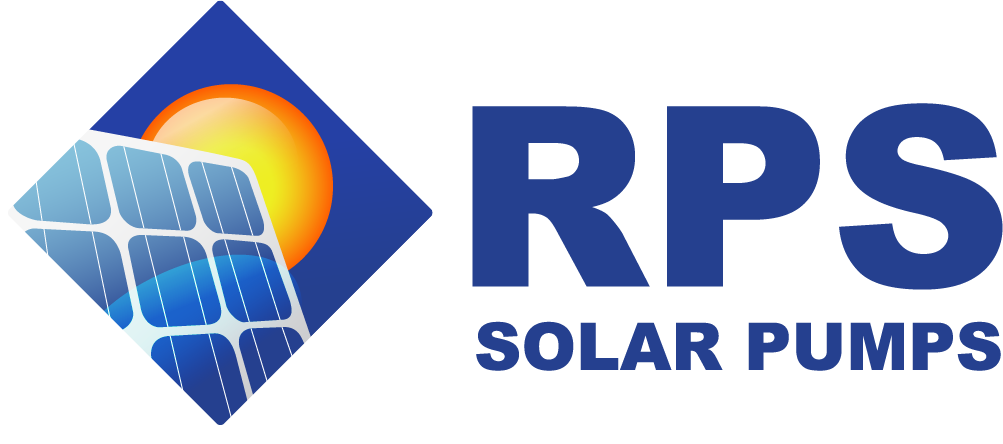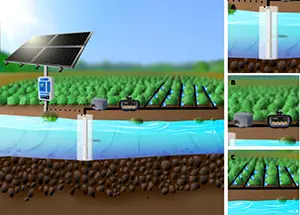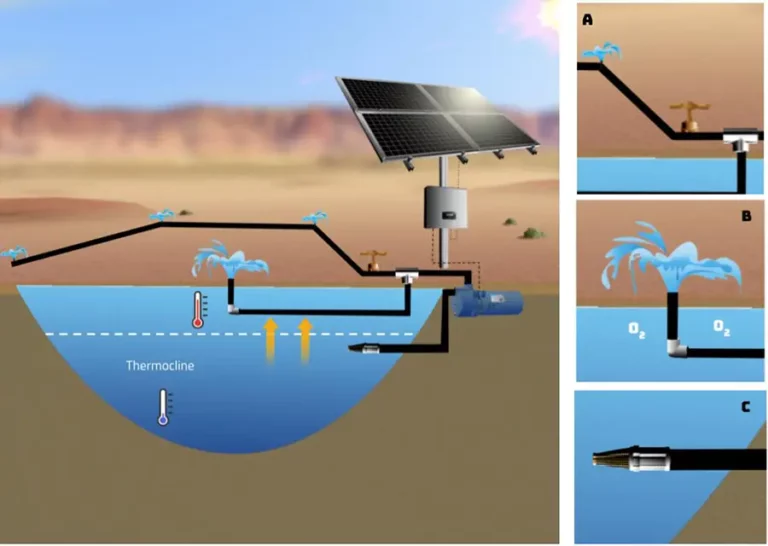What Size Solar Pump Do I Need For My Pond?
Today’s question is, “What size solar pump do I need for my pond?” So the size of the solar pump you need to maintain water in your pond is largely going to depend on how much water you’re losing from the pond on a daily basis.
Water can be lost through seepage, but most of the time, if the pond is constructed properly, it’s going to be lost through evaporation. Now, evaporation really depends on two things. The first thing is the surface area of your pond and the second is the average daily temperatures in your area.
In summer you’re going to lose more water, so we usually want to size our systems for keeping the pond or lake full during the summer temperatures. Now the good thing is, on our Pond Page, we have some calculations that you can do to figure out how much water you’re losing through evaporation on a daily basis.
Once we figure out how much water we’re losing on a daily basis, we divide that by 6 hours of pumping time. That’s a conservative estimate for the amount of pumping time you’re going to get in summer. We’re more likely going to get 6 to 10 hours, but we like to use 6 hours to be safe. So we divide the gallons per day by six. And that’s going to give us gallons per hour.
Then for our systems, we like to size in gallons per minute, so we divide it by 60 again, and that’s going to give us the gallons per minute we need to pump during summertime. So that’s going to be the first part of the equation for sizing our solar pump.
The second one is our total pumping head. So we need to look at our water source. Sometimes we’re using a stream, sometimes we’re using a well. And we need to look at the surface of that water and how far up it is into our lake or pond. That’s going to be the total pumping head. Using total pumping head and volume and gallons per minute, we can size our solar pump. Most of the time for a smaller pond, anywhere from 10 to 25 gallons per minute is going to be sufficient. That can end up being a smaller system, say an RPS400V or an RPS800V.
Then we get into larger ponds, maybe an acre up to five acres. That’s going to require quite a bit more water, maybe in the 50 to 100 gallons per minute range. And that’s going to knock us up into our Pro Systems, maybe a Pro1000 or a Pro2000V, depending on how far down our water is. Those are just slightly larger pumps with a slightly larger solar array and it’s going to help us keep up with those evaporation rates.
Then we get into larger ponds.These might be anywhere from five acres up to 20 acres. And maybe you’re down in Texas and you get really hot days in summer and there’s quite a bit of evaporation. I’ve seen some calculations where over a week we’re losing around half an inch to one inch inside of our pond or lake.
Then we’re going to get into our larger systems, anywhere from the RPS3000, which is a three horsepower submersible pump all the way up to maybe the RPS5000, a five horsepower, or maybe we even get into our Big Ag Systems. Those are seven and a half horsepower, all the way up to 100 horsepower. The last one we sold there was a 15 horsepower pump, which was being used to keep a ten acre lake full of water and was pushing around 250 gallons per minute. That 15 horsepower pump was going to be enough to keep up, even with evaporation in summer, and in winter he’d use the extra water to top that lake off.


